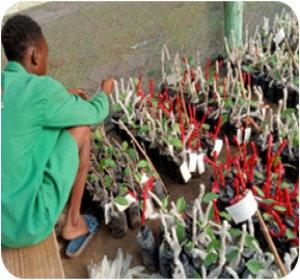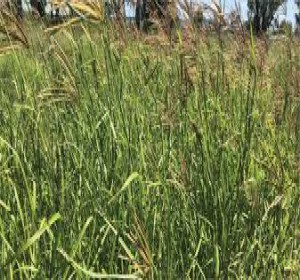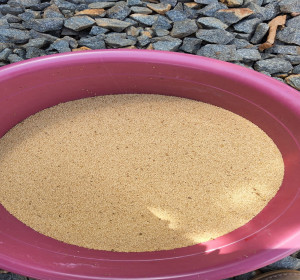
Research Centre: KALRO Mtwapa
Principal Researcher: Mr. Francis Muniu
Research Background:
Cashew is the most important cash crop in coastal Kenya. It is grown in Kwale, Kilifi, Tana River, Mombasa, and Lamu Counties. The cashew nuts industry, directly and indirectly, employs 4000 and 50,000 people, respectively. In 2016, the area under cashew was estimated at 21,284 ha with a production of 11,404Mt valued at Kshs. 398,799,443.
Kenya has an installed processing capacity of 45,000 tons/year of raw cashew, which is way above the production level. In 2015 the country exported 600 Mt of cashew kernels. The global demand for processed cashew nuts and their accompanying value-added products is increasing steadily. The demand for fair trade and organic cashew is also on the increase. These nuts are in high demand in Germany and Nordic countries. Cashew is therefore a good crop for investment and development support.
The most serious biological constraint in cashew nut production is cashew powdery mildew disease, (Oidium anacardii Noack). This is a fungal disease, which attacks young panicles and flowers, with consequent effects on the apple and the nut, and may cause crop loss of 70 – 100%. This explains why mature cashew trees with the potential to produce over 30 kg per tree annually are now producing less than 5 kg annually. One of the management practices that have been used to minimize the effect of the disease is the use of resistant/tolerant varieties.
In Kenya, there are many cashew accessions from local collections and introductions from other countries. The collections have not been evaluated for resistance/tolerance to powdery mildew to identify suitable ones for dissemination to farmers. The proposed project will focus on addressing the powdery mildew problem in cashew through the development of resistant/tolerant varieties. The following sub-activities are being implemented:
Research Objectives:
- Screen for resistance/tolerance to cashew powdery mildew disease in cashew varieties in coastal Kenya.
- Recommend promising varieties for registration by KEPHIS.
- Develop an integrated pest management protocol for the management of powdery mildew.
- Development of a compendium of cashew nut pests and diseases and their economic importance in Kenya.
Achievements:
Screening work is cashew nut powdery mildew disease-resistant variety in the laboratory and field.
Four Cashew varieties were successfully registered with KEPHIS, released and gazetted in The Kenya Gazette Vol. CXXIV—No. 176 and launched by Permanent Secretary, State Department for crop development. Ministry of Agriculture and Livestock Development crop development.
- A81 - KKOROSHO-81
- A82 - KKOROSHO-82
- A100 - KKOROSHO-100
- A7583 - KKOROSHO-75
In order, to multiply grafted seedlings to new varieties for up-scaling, a cashew seedling shade house of 20m by 6m with a capacity to hold 15,000 seedlings was constructed. The structure is also used for raising seedlings for powdery mildew disease screening trials.
In order to maintain cashew germplasm, 150 Local cashew accessions were collected in Tana River, Taita Taveta, Kilifi, and Lamu counties and a conservation plot was established on-station at KALRO Mtwapa.






